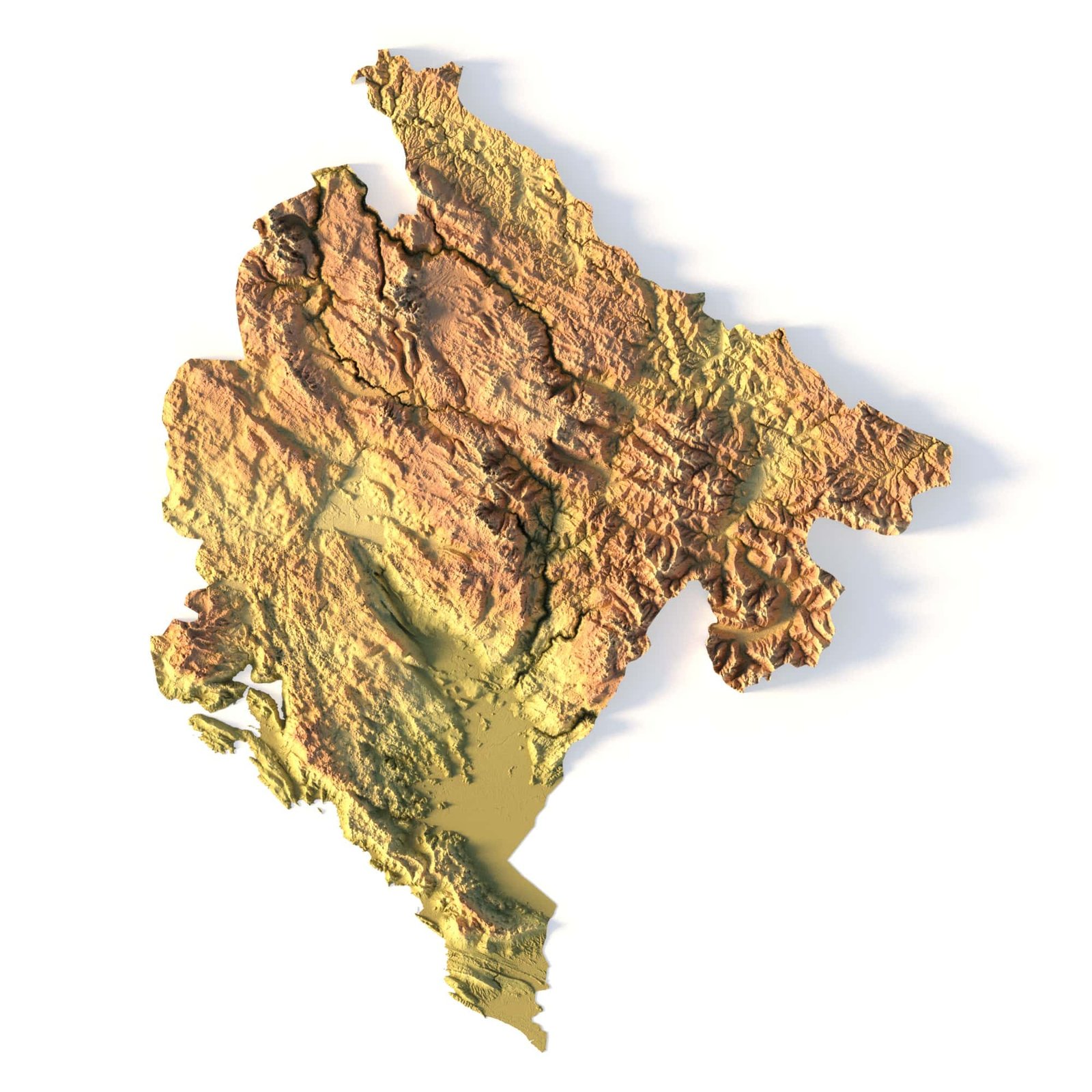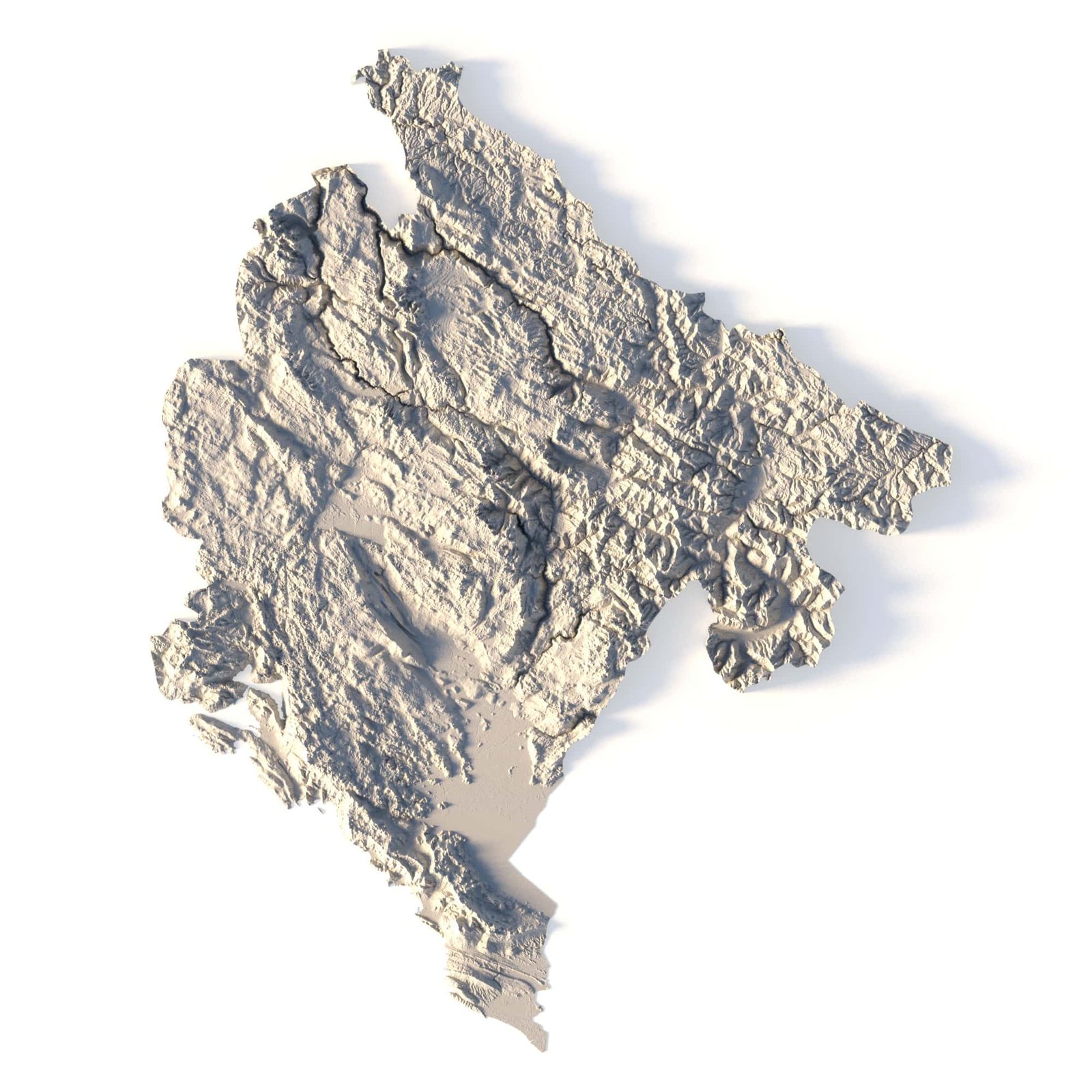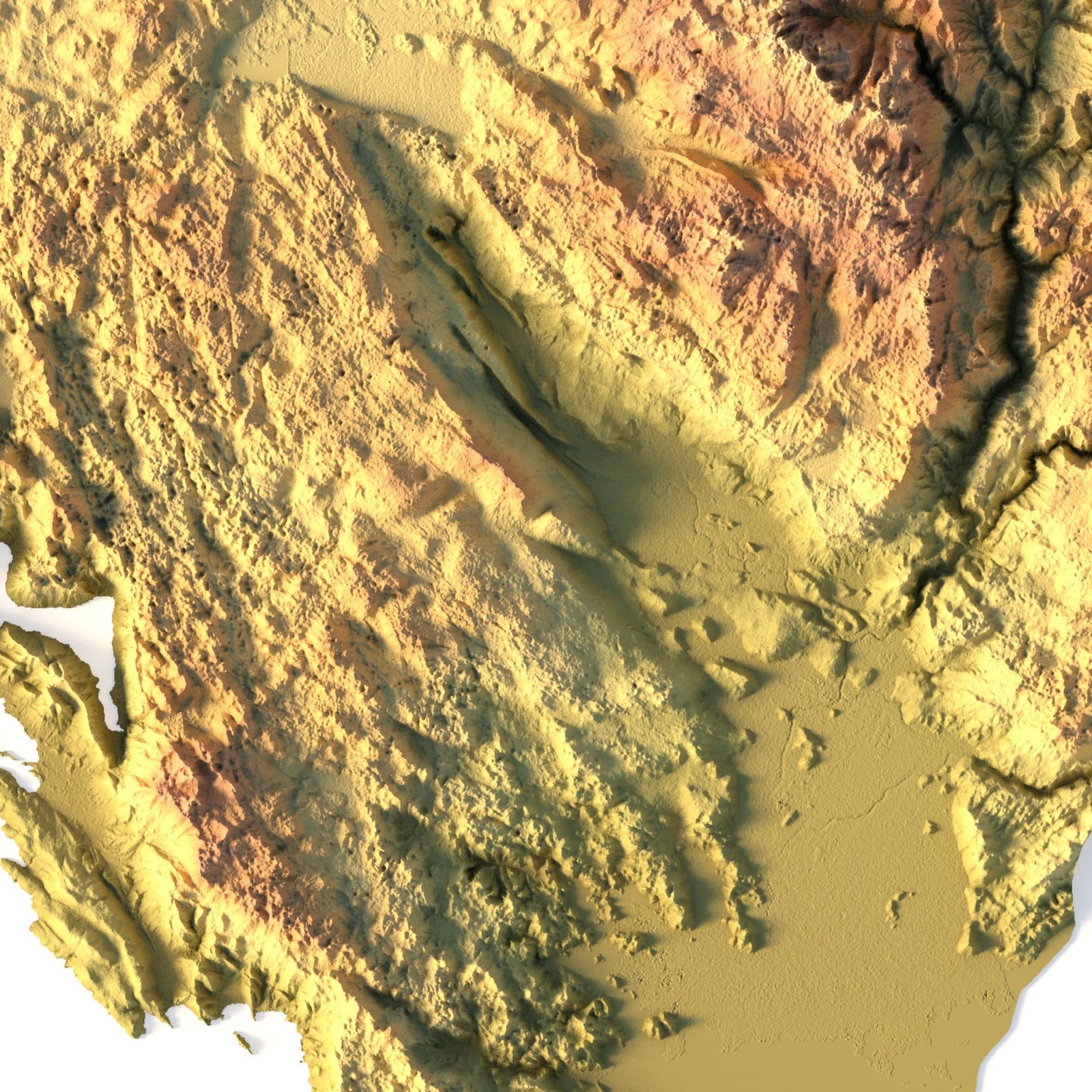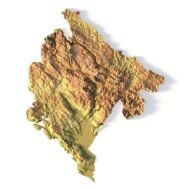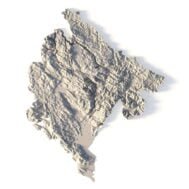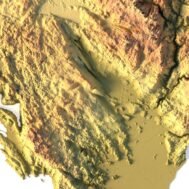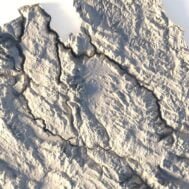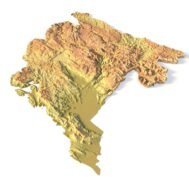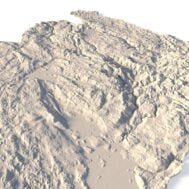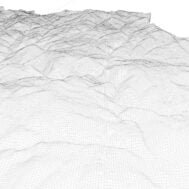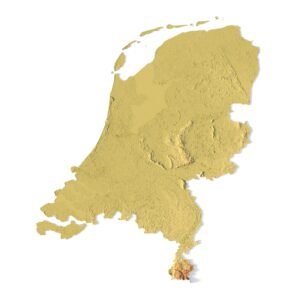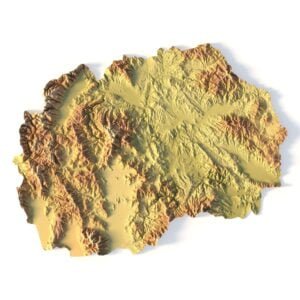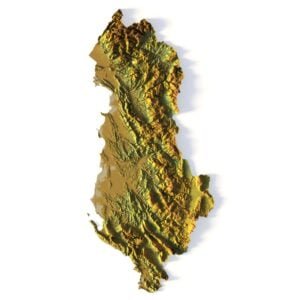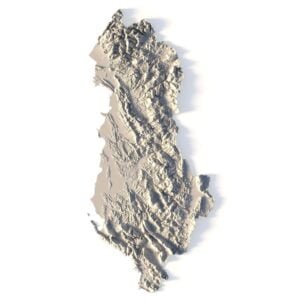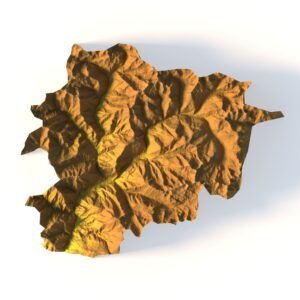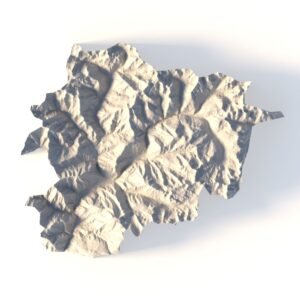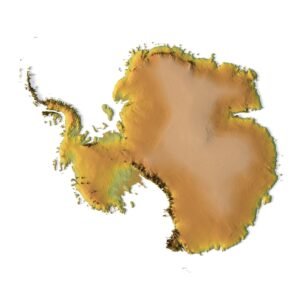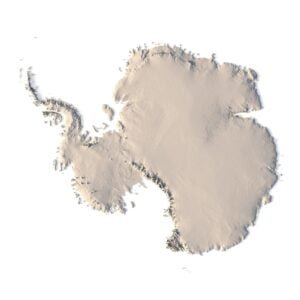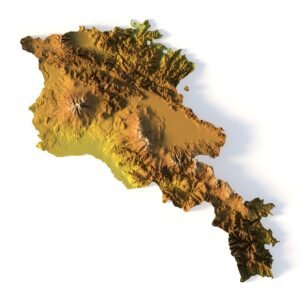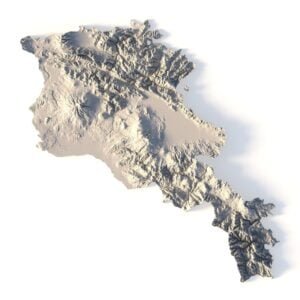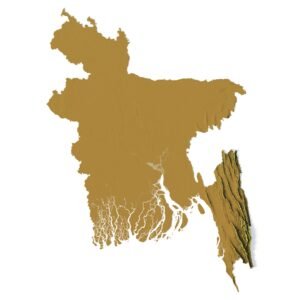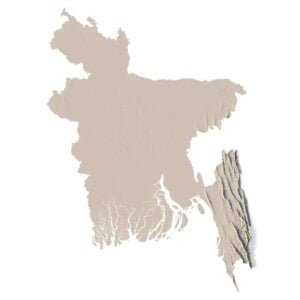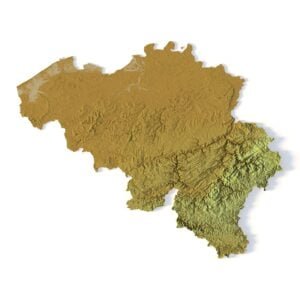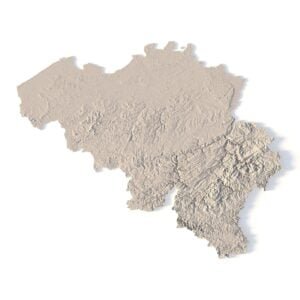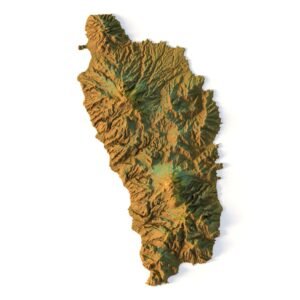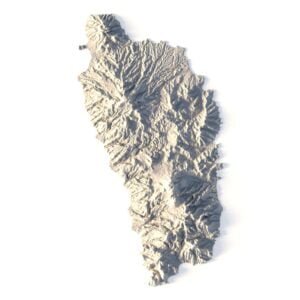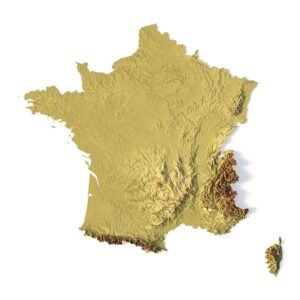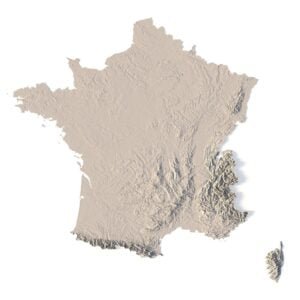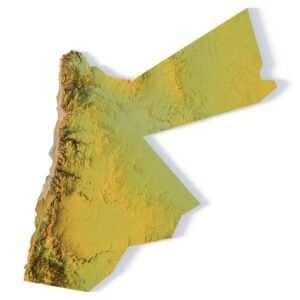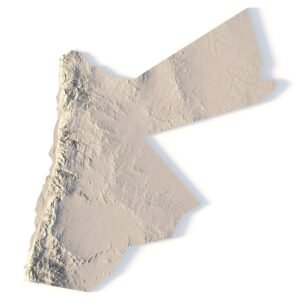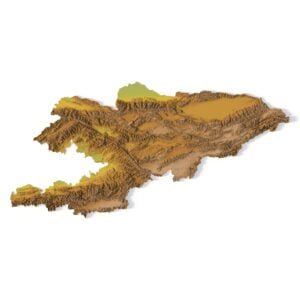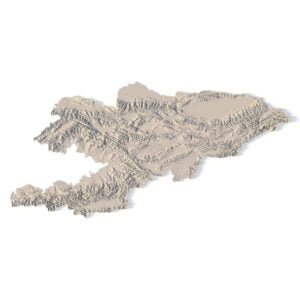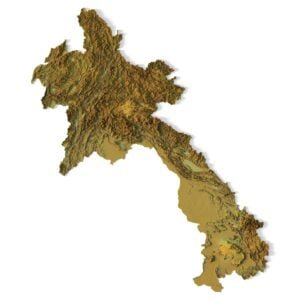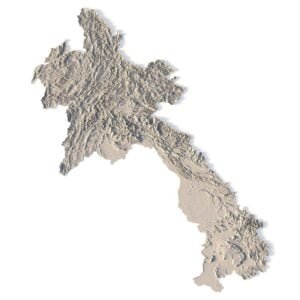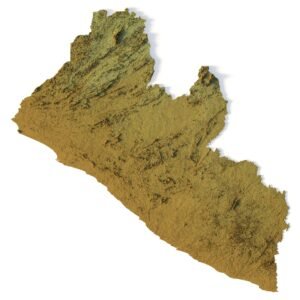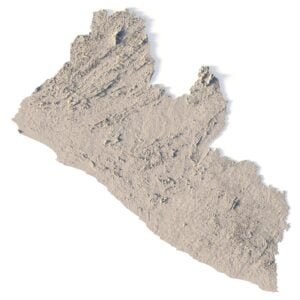Montenegro is a Southeastern European country and is part of the Balkans. It borders Albania and Kosovo to the east, Serbia to the northeast, and Bosnia and Herzegovina to the west, as well as Croatia to the southwest. Montenegro shares a coastline with the Adriatic Sea for a length of about 293.5 km (182 mi). Its coastline is indented by the winding bay of the Gulf of Kotor in southwestern Montenegro. Podgorica is the largest city and capital of Montenegro. Other major cities are Nikšić, Herceg Novi, and Pljevlja.
What can I use a 3D model in STL format for?
STL model of Montenegro can be used for various purposes:
- Making physical models from plastic or photopolymer using 3D printers
- Making models of wood or metal using CNC machines
- Making a high-resolution relief using 3D laser markers
- Making of “master forms” for duplication of products using foam polystyrene or concrete
- Creating computer graphics
- Creation of low-polygonal models for computer games
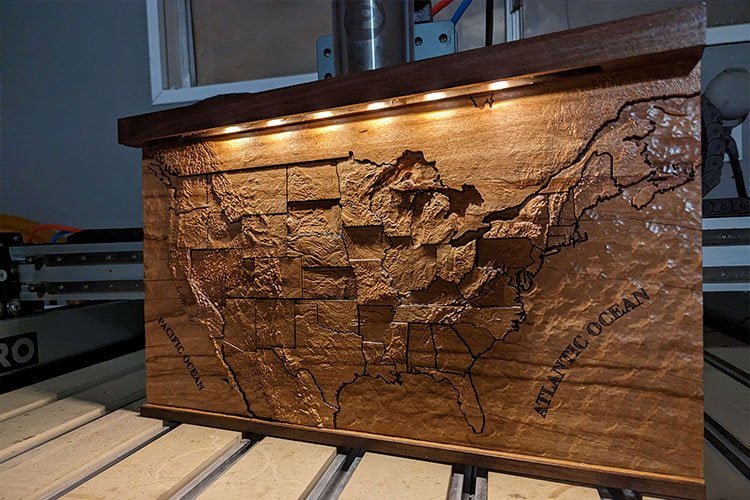
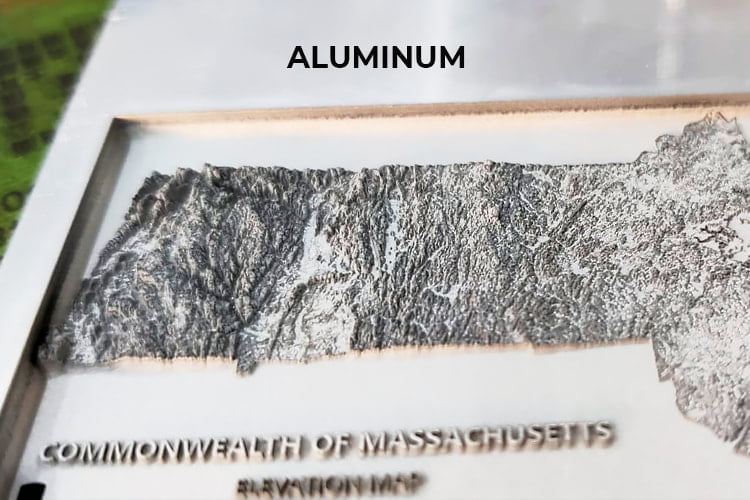
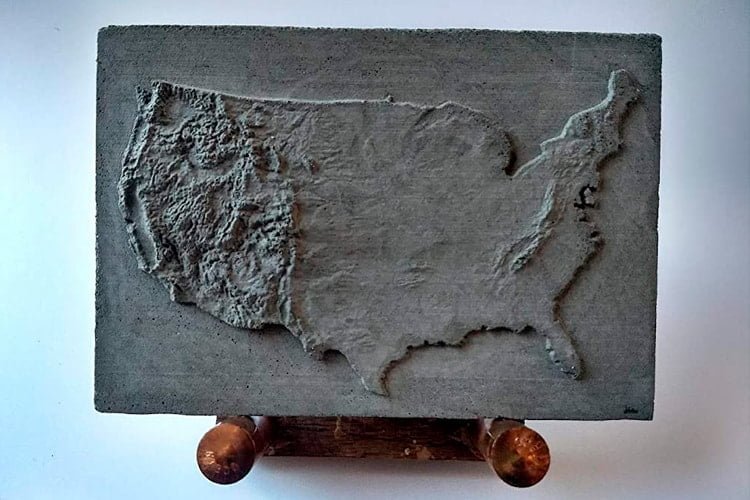
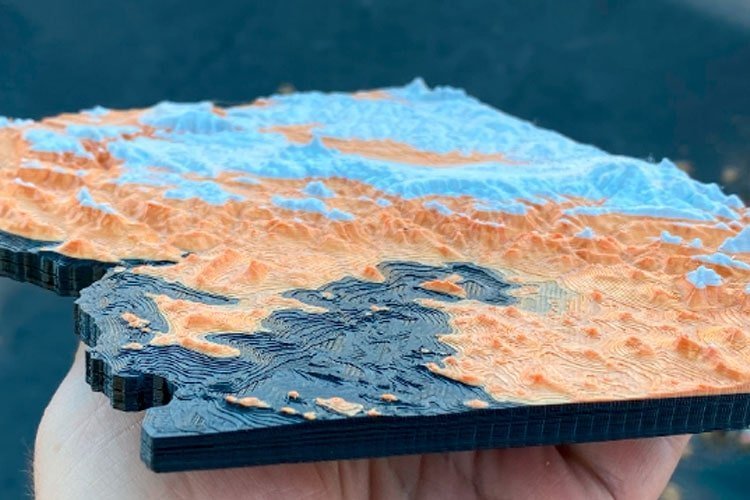
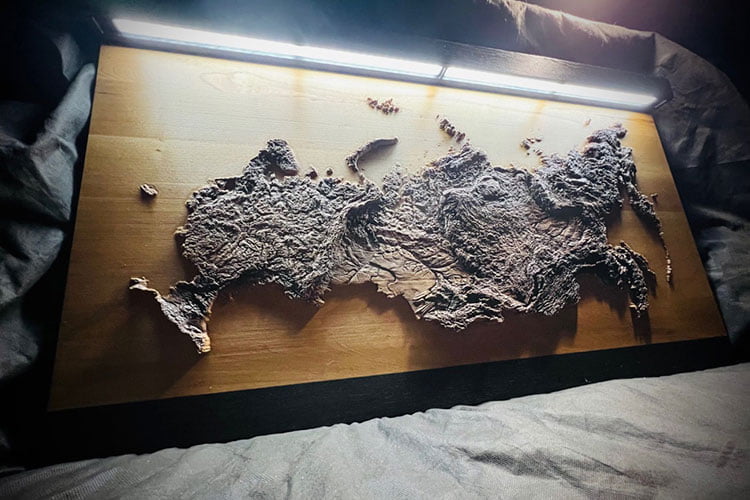
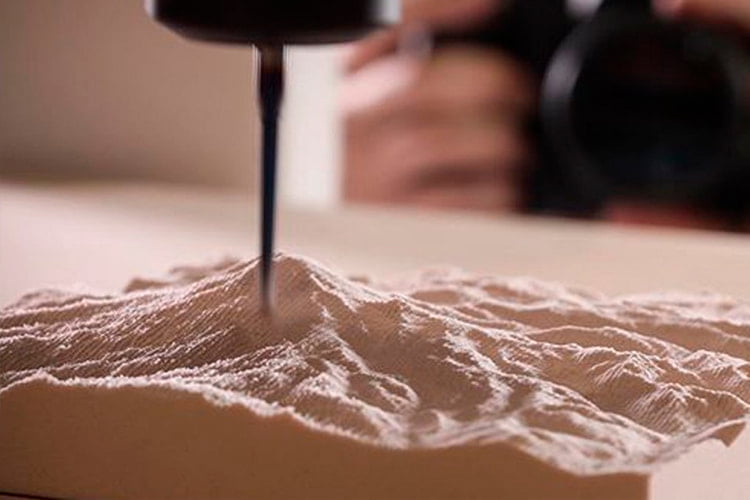
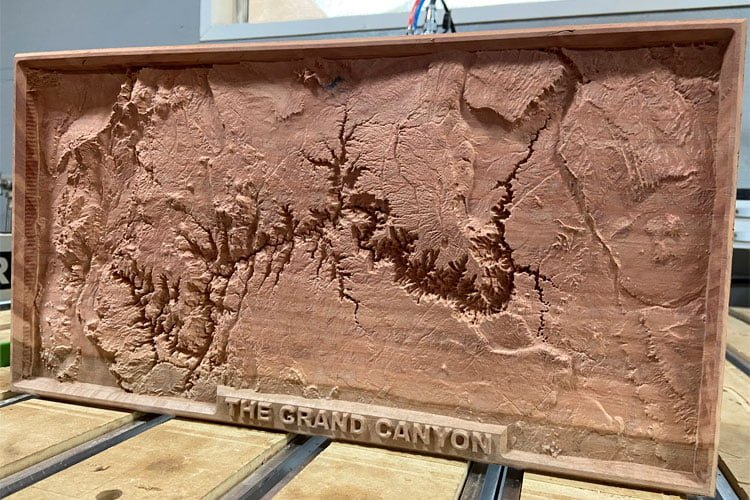
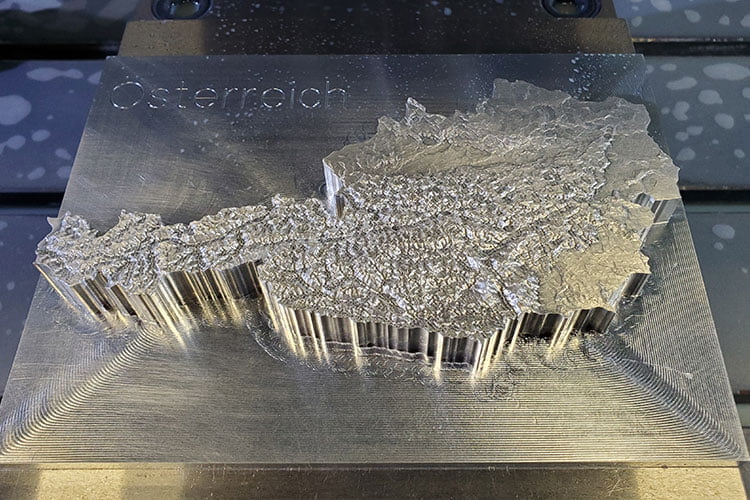
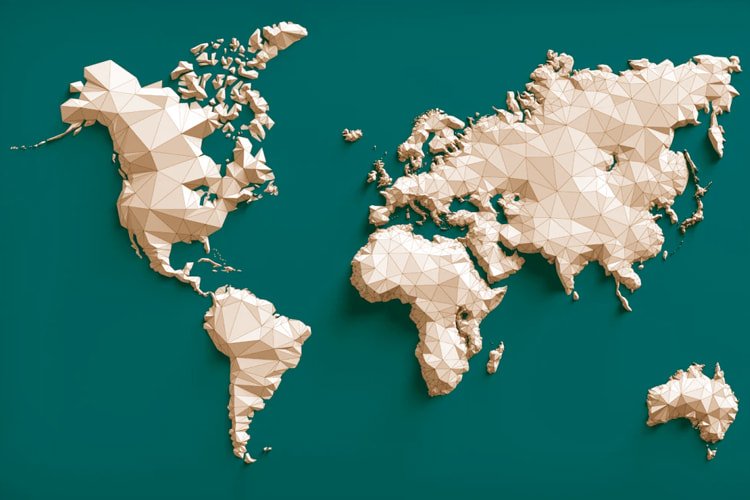
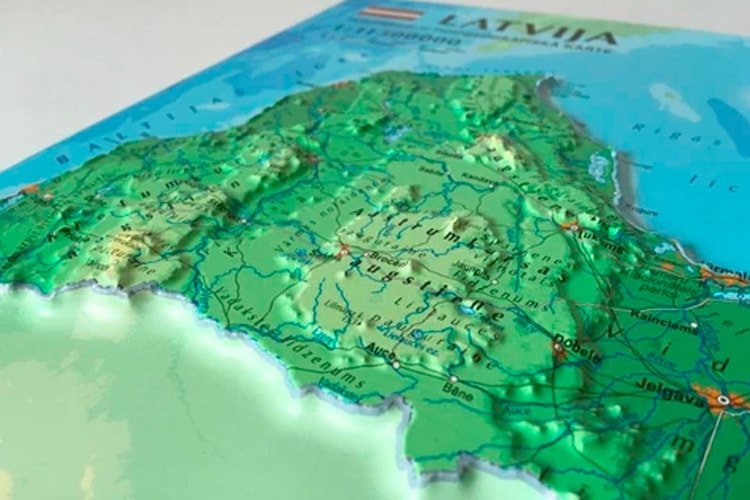
What is the resolution of the 3D model of Montenegro?
With the development of technology, it is becoming possible to produce more and more precise relief models.
For example, there are 3D printers that can print models with a layer height of 0.16 mm, 0.1 mm, 0.05 mm, or even less. These devices require high-quality models. But a higher-quality 3D model contains more polygons and has a larger file size. One of the challenges is to find a compromise between the file size of the STL model, which would be convenient to work with, and the desired quality of the finished product.
The 3D model of Montenegro has a fairly large size and many polygons.
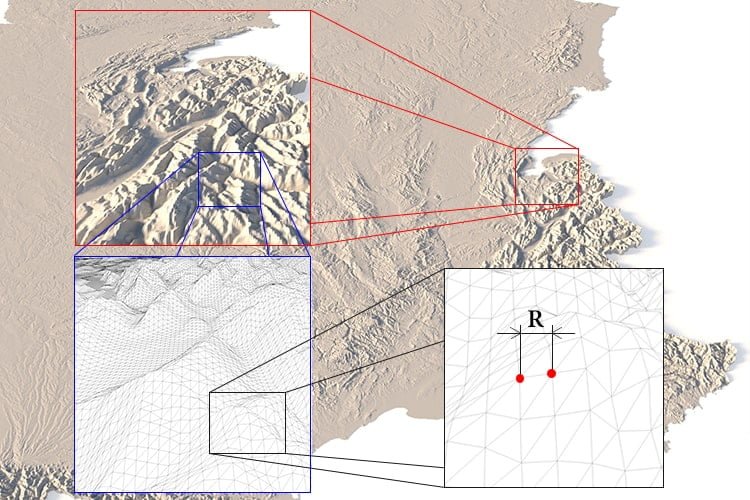
How do I change the parameters of the STL model of Montenegro?
You can easily resize the model in any program that allows you to import STL files.
In addition to changing the scale in width, length, and height, you can add a higher base. You can also use anti-aliasing tools, add bulk text, reduce the number of polygons, etc.

